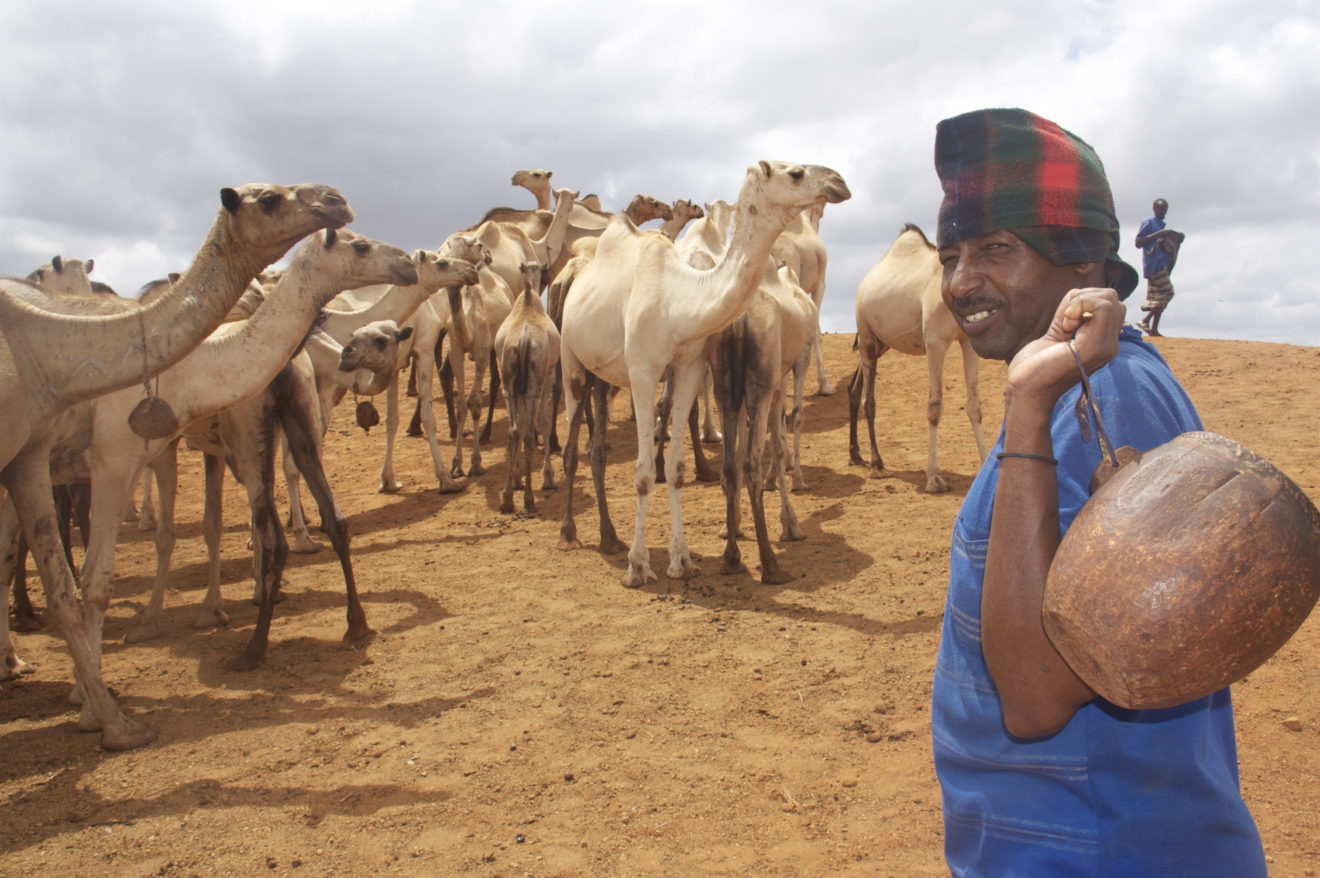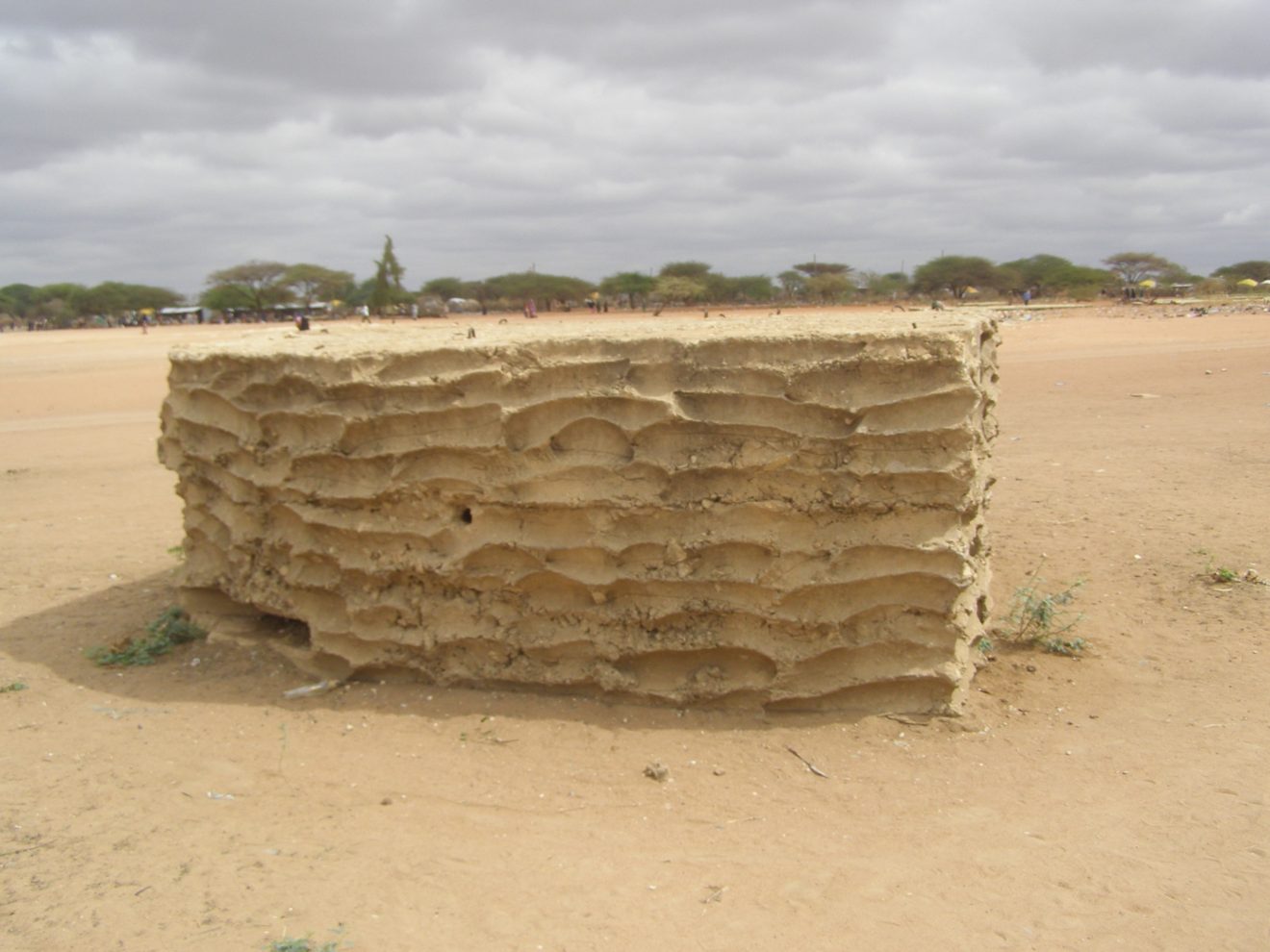
By Abdullahi Jamaa | Wajir Today
Besides soaring poverty levels, devastating climate change has made Wajir County a sleepy one. Yet what sets Wajir apart is its rich cultural heritage that makes its people and places distinctively unique.
The vast county is full of history everywhere you look and go. It is the oldest in the former Northern Frontier Districts and is home to many ancient structures, fascinating colonial buildings, and historical sites.
Wajir is rich in cultural heritage and historical remains. Although tourism infrastructure is poor, there are still enough sites worth visiting today.
Contemporary Wajir is largely underdeveloped, but it is a place where excellent and exotic wildlife can be found both on the outskirts of town and in remote hamlets.
The county is one of the few remaining outposts in Africa where ancient pastoralism is widely practised. This makes it home to tantalising touristic sites worth exploring. While pastoralism is slowly vanishing in modern times, Somali communities have remained loyal to their camels, goats, and cattle.
One of the most outstanding attraction sites is Orahey Wells, located in the heart of the old town. The wells, just a few metres from the main trading centre, are within walking distance from luxurious hotels cropping up in the promising town.
From afar, the wells appear like a plain barren landmass, a desolate red desert with scattered patches of acacia trees surrounding the dusty earth, seemingly meeting the horizon under skies often bereft of clouds.
It is also a place where the first rays of the desert sun hit the sandy earth. Orahey is a Somali word that means “the place with a lot of sun.”
The area around the wells remains dry for most of the year, except during rainy seasons when a large pool of water forms on the surface, making it look like a refreshing sandy beach.
The National Museums of Kenya lists Orahey as one of the few heritage sites in the county with the potential to attract tourists seeking wild adventures. It is also a research site for scientists and scholars exploring pastoralism.
For decades, the wells have been a vital water point, with numerous wells spread across a tract of land. However, in recent years, much of this land has been encroached upon by private developers.
These wells, believed to be over 200 years old, were the lifeline for livestock, the backbone of the local, fragile economy.
The water level here is less than 20 metres below ground, and geologists believe Orahey is the source of underground water for Wajir town, which has shallow wells spread across the town and nearby villages.
Today, there are no animals drinking water from Orahey. The wells no longer hold as much water as they did centuries ago. Urbanisation has significantly affected their historic function.
In recent years, livestock water sources have been developed in pastoral settlements far from the town, reducing the reliance on Orahey.
Still, one thing is clear: Orahey remains one of the most significant icons of the Somali nomadic lifestyle, a symbol of culture and tradition.
It is through water wells like Orahey, the dry flat terrains, and the vast wilderness that Somali traditions emerged, forming the foundation of a community whose heritage has been passed down to generations of camel herders and pastoralists.
Orahey reminds residents of the history of this vast, open county once teeming with huge herds of camels, sheep, and goats.
World War II Legacy

Orahey is also known for its role during World War II, when Italian forces clashed with the British and Commonwealth troops along Kenya’s northern borders.
It was one of the desert military stations where Italian Caproni bombers launched operations to resist the British advance in 1940.
The Italian Royal Army (Regio Esercito) adopted a defensive posture in East Africa. They built trenches and bunkers in several parts of Northern Kenya.
Today, a gun turret, also referred to as a trench bunker used by the Italians remains visible near the Orahey wells.
The structure, though unprotected, is made of strong concrete blocks and is unlikely to be destroyed any time soon.
There are several such turrets in Wajir. They are very solid and could last for thousands of years. However, they need to be protected as historical sites.
Wajir boasts an edifying heritage, and its surrounding wildlife-rich environments give it strong tourism potential though largely untapped. But threats to historic Orahey and other sites are mounting, with local residents, the county government, and the Kenya National Museums all expressing concern.
The wells are not protected. Pollution caused by littering is a looming disaster. Encroachment is also a growing threat that could erase Orahey’s rich history forever.
Economic analysts now say that the potential of cultural heritage resources must be highlighted for future opportunities in education, employment, and tourism.
Very little effort has been made to preserve cultural heritage in Wajir and other northeastern counties over the past decade. Residents ask county governments to urgently intervene to restore and safeguard important sites before they are lost.

